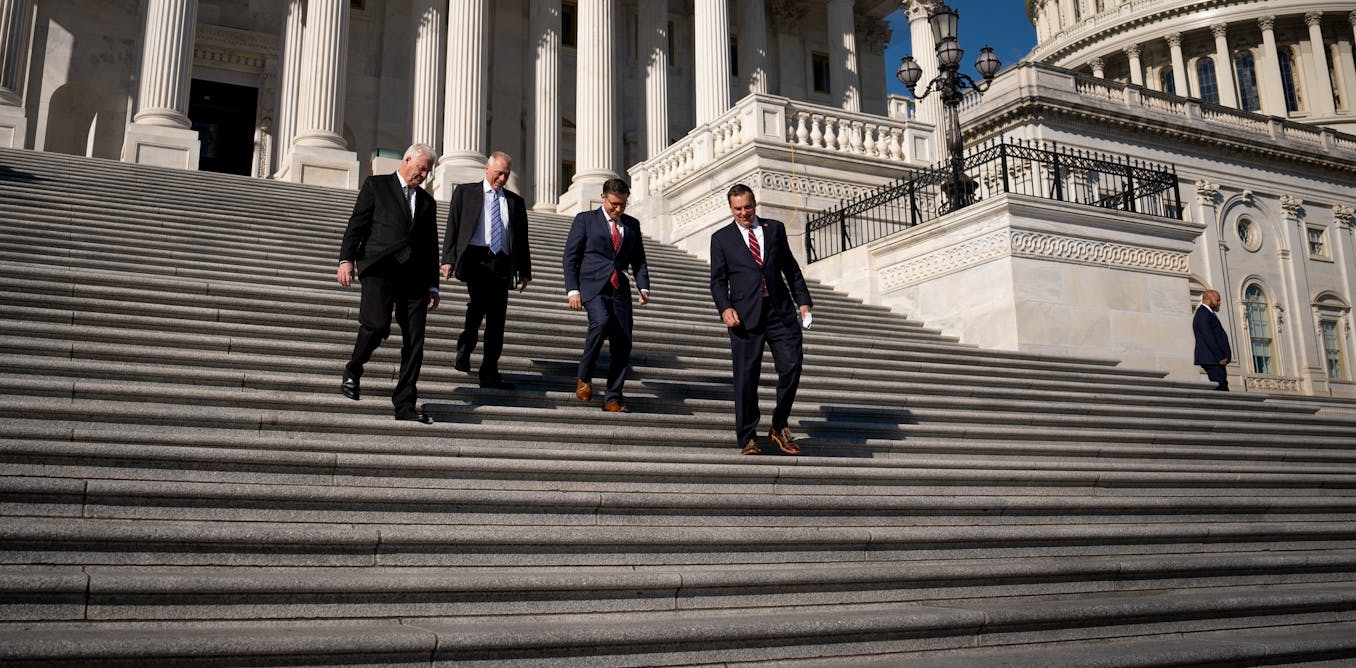Business
The costs of workplace violence are too high to ignore
Violence and harassment on the job are all too common: More than 1 in 5 workers worldwide have experienced it, according to the International Labor Organization, with women slightly more likely to be affected than men. In the U.S., more than 2 million workers face violence on the job each year – and those are just the cases that get reported.
The effects of workplace violence are profound, including physical and emotional suffering, destroyed careers and harm to companies and society. And it comes at a remarkable economic price. Although estimates differ, researchers have put the cost of workplace violence at as much as US$56 billion annually – and that’s likely an undercount.
As a professor who researches tourism, a field in which workers are often mistreated, I’m all too aware of the dangers of violence and harassment. In this article, I’ll be following the International Labor Organization’s Convention No. 190, which defines “violence and harassment” together as acts that “result in, or are likely to result in, physical, psychological, sexual or economic harm.”
Service workers are at risk
No industry is free of violence, but the problem is prevalent in the service sector. For example, in 2021, 10,490 violent crimes were reported in U.S. restaurants. An analysis by the National Restaurant Association found that 37% of women and 14% of men in the industry had been sexually harassed.
Similarly, a survey by the AFL-CIO found that 53% of hotel workers had experienced harassment on the job. From 2018 to 2020, the number of assaults in grocery stores rose 63%, while assaults in convenience stores rose 75%. Meanwhile, 3 in 4 Health care workers report exposure to workplace violence.
At the same time, men of color and women of all races, who are at elevated risk of having already experienced discrimination, are overrepresented among service industry employees. These are the people who stand to benefit the most from a cultural change around workplace violence.
Companies fail to prioritize safety
A 2001 poll of executives by the insurance company Liberty Mutual showed that, on average, for every dollar invested in improving workplace safety, approximately $3 or more is saved. The potential for cost savings was made clear in another Liberty Mutual report published about two decades later. It found that on-the-job violence cost the health and social services sector nearly half a billion dollars in 2022 alone.
Despite this fact, only about 30% of Businesses have established safety and Health programs, according to the U.S. Department of Labor’s Occupational Safety and Health Administration. In other words, companies are willing to shell out billions of dollars to deal with the effects of violence – lawsuits, insurance claims, staff turnover and property damage – while failing to invest in prevention.
The good news is that violence is now recognized by OSHA and the National Institute for Occupational Safety and Health as a significant public health issue in many workplaces in the U.S. In many instances, industry and government are taking the issue seriously. But what can be done?

Opportunities and solutions exist
Several big studies have looked at the effectiveness of various interventions against workplace violence. By implementing preventive measures such as training programs, effective reporting systems and regular risk assessments, and by maintaining a healthy work environment, organizations can significantly reduce the threat of workplace violence.
Research shows that a diversity, equity, inclusion and belonging lens in the workplace helps create a feeling of safety and confidence that fosters security. Many employees will have experienced forms of discrimination in varying degrees of severity throughout their time in the workplace. By adopting a DEIB-informed approach and expressing cultural sensitivity, workplaces can become safer environments for everyone.
It’s also crucial to have good data about the issue. Unfortunately, statistics on workplace violence are often siloed by industry – or even at the company level – and lack detail about important factors such as gender, age and disability. Without better data collection, researchers will continue to have an incomplete understanding of the problem.
Finally, there’s a role for social enterprises in fighting workplace violence. Speaking personally, in 2022 I became aware of a Chicago-based company, PAVE Prevention, which, using a human development approach, has developed organizational assessment tools to deliver curated human safety training. Their evidence-based approach encompasses a variety of interventions against workplace violence and works toward creating meaningful change in industries across the country.
It will take robust cultural change to end harassment and violence in our societies, including in the workplace. But such change is possible. Using moral imagination, managers can lead businesses ethically and successfully. Profit doesn’t need to come at the cost of human well-being – or vice versa.
-

 Business2d ago
Business2d agoNew Information: These HV Big Lots Are Now Staying Open
-

 Business2d ago
Business2d agoBrush Fire Rages On Near Butternut In Great Barrington, MA
-

 Business2d ago
Business2d agoU.S. Antitrust Regulators Seek to Break Up Google, Force Sale of Chrome Browser
-

 Business2d ago
Business2d agoSuccessful White Men Alone Can’t Create America’s Economic Future
-

 Business2d ago
Business2d agoThe Rise of Silent Services
-

 Business3d ago
Business3d agoTim Latimer
-

 Business4d ago
Business4d agoFirm bosses urged to make use of Welsh language to revitalise rural economic system
-

 Business5d ago
Business5d agoClimbing Fans: A New Place to Boulder and More in Kingston





















